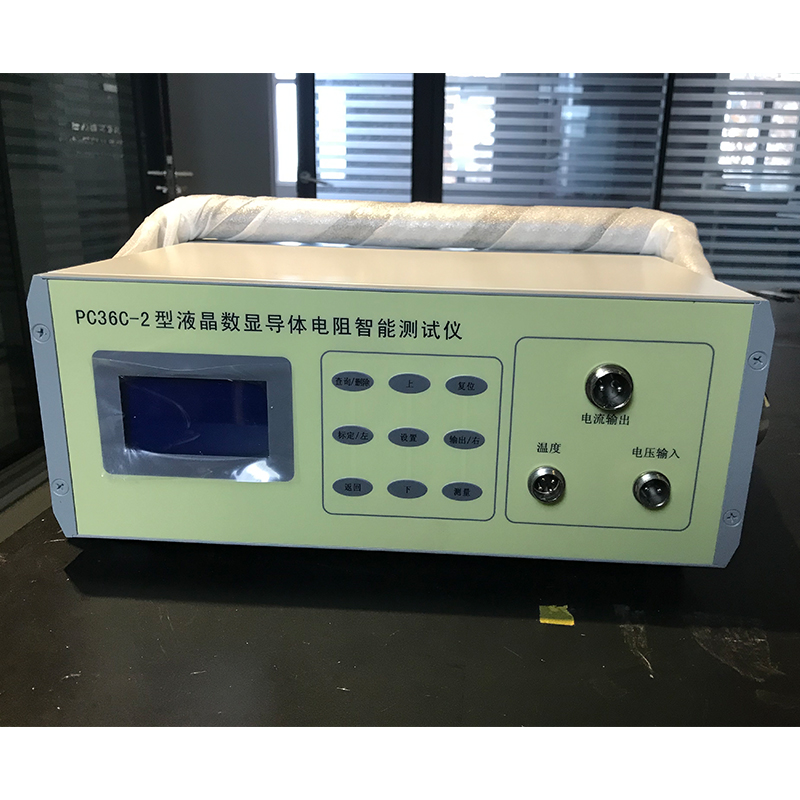Manufacturers of Instruments for Measuring Conductor Resistance in Electrical Applications and Research
Conductor Resistance Measuring Instruments An Overview of Manufacturing and Applications
Conductor resistance measuring instruments play a critical role in various industries, ensuring the reliability and efficiency of electrical systems. These instruments are designed to measure the resistance of conductors, which is vital for assessing the performance and safety of electrical installations. As technology evolves, the demand for precise and reliable measuring devices has led to the emergence of specialized factories dedicated to their manufacturing. This article will explore the significance of conductor resistance measuring instruments, the manufacturing processes involved, and the applications across different sectors.
Importance of Measuring Conductor Resistance
The resistance of electrical conductors is a key parameter that affects the overall performance of electrical circuits. High resistance can lead to energy losses in the form of heat, resulting in reduced efficiency and potential safety hazards. By accurately measuring resistance, engineers and technicians can identify poor connections, assess the integrity of conductors, and ensure compliance with industry standards. This is particularly crucial in sectors such as power generation, telecommunications, and transportation, where reliable electrical performance is essential.
Manufacturing Processes
The manufacturing of conductor resistance measuring instruments involves several stages, each crucial to ensuring the accuracy and reliability of the final product. Here are the key steps in the manufacturing process
1. Design and Prototyping Initially, engineers create detailed designs based on the specifications required by the end-users. Prototyping allows for testing and refinement of these designs to ensure they meet performance criteria.
2. Material Selection The selection of materials is critical, as the components must withstand electrical demands while maintaining accuracy. Common materials include high-grade metals for contacts and precision resistors that ensure low thermal drift.
3. Component Fabrication Once materials are chosen, individual components are fabricated using advanced techniques such as laser cutting, CNC machining, and 3D printing. Precision is key in this stage to ensure that all parts fit together perfectly.
4. Assembly The assembly process integrates all components, including digital displays, circuit boards, and power sources. This stage involves both automated processes and manual checks to ensure quality control.
conductor resistance measuring instrument factories

5. Calibration and Testing After assembly, each instrument undergoes rigorous calibration and testing to verify its accuracy. This involves comparing measurements against known resistance standards and making necessary adjustments.
6. Quality Assurance Comprehensive quality assurance processes ensure that every instrument meets the highest standards. This includes environmental testing to assess performance under varying conditions.
7. Packaging and Distribution Finally, completed instruments are packaged carefully to prevent damage during transport and are distributed to various markets, from electrical contractors to large industrial clients.
Applications of Conductor Resistance Measuring Instruments
Conductor resistance measuring instruments are utilized across several industries, including
- Electrical Utilities Used for testing transmission lines, substations, and transformers to ensure they are operating within safe limits. - Telecommunications Essential for maintaining the integrity of communication networks by testing the resistance of cables and connections.
- Manufacturing Used in the production of electronic devices to ensure that components meet electrical specifications before assembly.
- Transportation Important for railway systems and electric vehicle infrastructure, where reliable connections are critical for safety and performance.
Conclusion
In conclusion, conductor resistance measuring instruments are indispensable for maintaining the safety and efficiency of electrical systems across various industries. The manufacturing process behind these devices is intricate and involves multiple stages, ensuring that the final product meets strict quality standards. As technology continues to advance, the evolution of these instruments will likely lead to even greater precision and capability, further enhancing their role in modern electrical engineering and infrastructure.
-
Why the Conductor Resistance Constant Temperature Measurement Machine Redefines Precision
NewsJun.20,2025
-
Reliable Testing Starts Here: Why the High Insulation Resistance Measuring Instrument Is a Must-Have
NewsJun.20,2025
-
Flexible Cable Flexing Test Equipment: The Precision Standard for Cable Durability and Performance Testing
NewsJun.20,2025
-
Digital Measurement Projector: Precision Visualization for Modern Manufacturing
NewsJun.20,2025
-
Computer Control Electronic Tensile Tester: Precision and Power for the Modern Metal Industry
NewsJun.20,2025
-
Cable Spark Tester: Your Ultimate Insulation Assurance for Wire and Cable Testing
NewsJun.20,2025
 Copyright © 2025 Hebei Fangyuan Instrument & Equipment Co.,Ltd. All Rights Reserved. Sitemap | Privacy Policy
Copyright © 2025 Hebei Fangyuan Instrument & Equipment Co.,Ltd. All Rights Reserved. Sitemap | Privacy Policy
